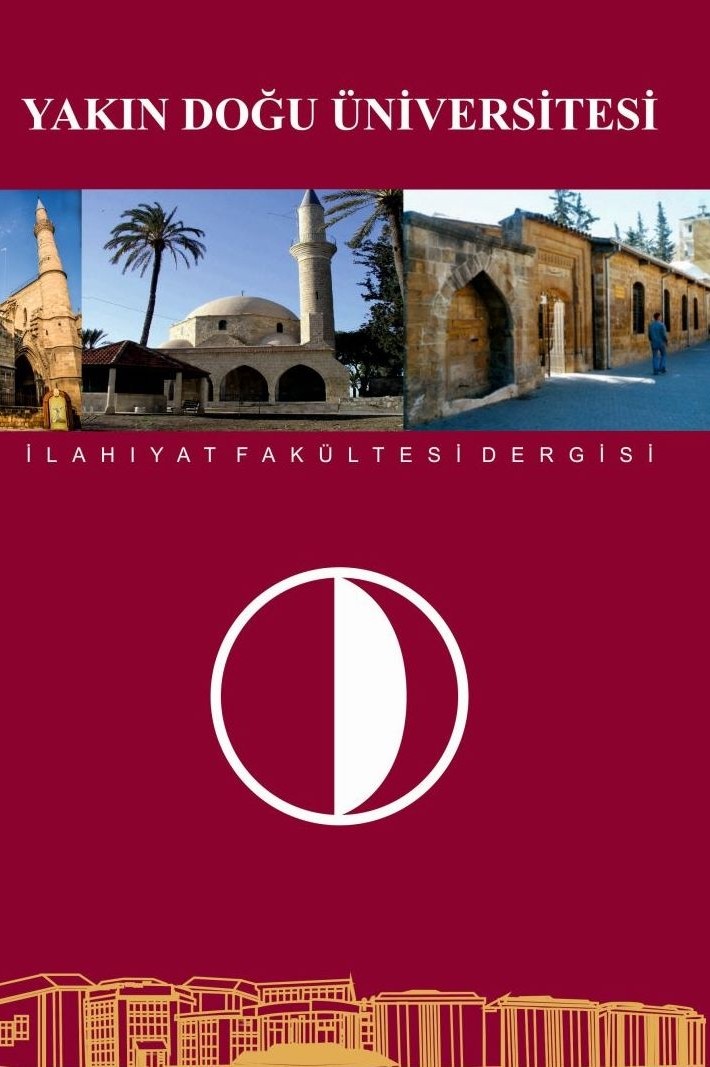La Sociolinguistique Le Genre Es-Il Un Fait Sociental Ou Linguistique Etude Comparative Entre L'arabe, Le Français, Le Turc Et L'anglais
Sociolinguistics. The gender, is it a social or a society fact. A comparative study between Arabic, French, Turkish and English languages
___
- "Mustafa el-Ğelayinî, Camiu’d-Durûs el-Arabîyye, Daru’ş-Şurûk el-Arabî, Haleb ?,"
- "Colapinto, J (2001). As Nature Made Him: The Boy Who Was Raised as a Girl, Harper Perennial, ISBN 0-06-092959-6, Revised in 2006."
- "Zucker, KJ; Spitzer, RL (Jan–Feb 2005). “Was the gender identity disorder of childhood diagnosis introduced into DSM-III as a backdoor maneuver to replace homosexuality? A historical note”. Journal of Sex and Marital Therapy. Émancipation des femmes, 1848, Genèses, 1992, n°7."
- "Olive Banks, Faces of feminism, Blasil Blackwell, Oxford, 1986.
- Leo Bersani, Homos, Repenser l’identité, Paris Odile Jacob, 1998."
- "Marie-Joseph Bertini, Ni d’éve ni d’Adam, défaire la différence des sexes, Paris, Max Milo, 2009."
- ISSN: 2148-6026
- Başlangıç: 2015
- Yayıncı: Yakın Doğu Üniversitesi
Katas Tapınağı: Tarihi ve Dini Önemi
Semavi Dinlerin Ortak Ahlak Değerleri ya da Evrensel Değerler
Edebiyatımızda Ehli Beyt Sevgisi Çerçevesinde Seyfullah Nizamoğlu Divanı
Kufe'nin Yetişdirdiği Mütebahhir Bir Âlim: İmamı Azam Ebu Hanife Numan B. Sabit
Mahfuzât: Cibuti ve Afrika'da Türkler Sempozyumu
Osmanlı Arşiv Belgelerinde Mormonlar: Bunalım Çağında Dinsel Farklılık Bilinci
